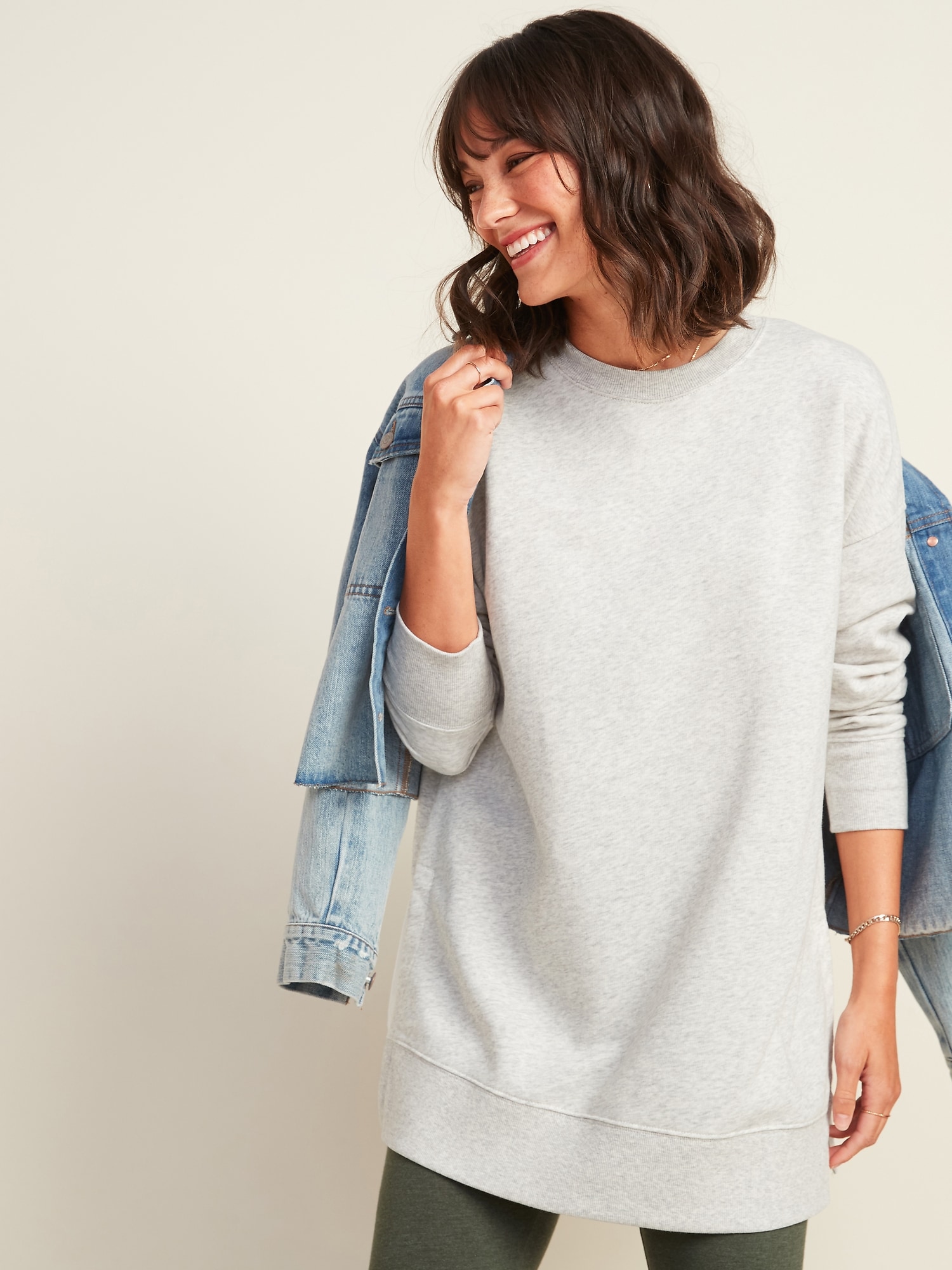Sweatshirts are long-sleeved garments constructed from thick cotton fabric. They are generally worn casually and are not as formal as sweaters or cardigans. They do not usually have the Hood. If you're thinking of buying a sweatshirt here are a few tips:
The appeal of Norma Kamali was spread by the use of sweatshirts
Since the late 1970s and into the late '70s, Norma Kamali has been turning the humble sweatshirt into an art. Her designs are now an essential part of every woman's wardrobe. Her distinct styles range from a tummy-tucking crew neck to leather-paneled sweatshirts. She has also created clothing in unique designs, like tanks with an extended trumpet skirt.
A partnership between the designer and sweatshirt maker Everlast led to her Timeless collection, which was a huge hit when it was featured in the Spiegel spring 2006 catalog. https://telegra.ph/What-to-anticipate-When-Buying-the-Sweatshirt-06-12 was made up of interchangeable and convertible knits in classic shapes, and many pieces were priced at less than $20. Even if Kamali's Timeless collection was not available in stores, fans could still find these designs on eBay and Poshmark.
sweater shirts tend to be more comfortable than soft sweatshirts.
https://hill-ernst.mdwrite.net/what-to-consider-when-selecting-the-right-sweatshirt-1686553085 is well-known for its moisture-wicking properties, which helps to keep you dry and comfortable. This is a naturally-occurring fibre that also has a smoother feel. The fabric also dries quickly in comparison to other natural substances. In addition, it is a sustainable resource. The merino sheep shed their coats each year, and then grow new coats.

The warmth-to-weight ratio of merino wool makes it popular for sweatshirts. It helps to regulate the temperature of your body due to its natural loft, which retains heat between the fibers. This is why Merino wool sweatshirts are ideal for outdoor and summer activities such as mountain biking, hiking, and running. The warmth they provide ensures that the wearer stays well-hydrated and cool, something that is crucial for working out.
Zip-front hoodies have kangaroo pocket
Kangaroo pocket hoodies are a popular style of hoodie. They have a huge pocket on the front, which keeps your hands warm on chilly days. They're much more practical than traditional pockets, since they allow your hands to slide into and out with ease.
The pockets of Kangaroos are usually big enough to fit a wallet or some other smaller personal items. They are commonly long enough to fit one hand in a smaller size, and can even be sufficient to hold two hands. They feature wide openings on both sides and are ideal for carrying small objects.
French Terry fabric is a popular fabric for sweatshirts.
The French Terry fabric is composed of soft yarns made into loops, and is usually mid-weight. It is also renowned as a fabric that wicks moisture and is pre-shrunk. French Terry is a fantastic option for sweatshirts as it is warm when you require it and helps keep your cool when you want to cool off.
French Terry is also popular for loungewearbecause it is stretchy enough and has enough flexibility to feel comfortable on your skin. It also allows for enough air to circulate through the fabric, which makes it ideal for layering underneath other clothes. In addition, because it's lighter than other sweatshirts, you can wear it all year round without feeling warm or cold.
Hoodies can be classist.
While sweater shirts may seem that hoodies are an appropriate clothing item for people of the working class, the reality is that they are a symbol of class. Hoodies were first popularized in the early 70s New York, where graffiti artists would wear them to conceal their identities. In 1976 the hoodies made their big appearance in the film "Rocky," when the working-class title character wore hooded gray sweats on his memorable climb to the top of the Philadelphia Museum of Art.

Hoodies are usually associated with death, destruction and other negative items, yet they also serve practical purposes. For instance, priests and monks may wear hoods to show the proper manner of dress and to focus on their inner self.
